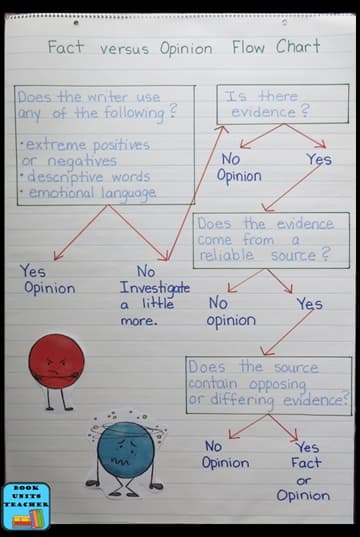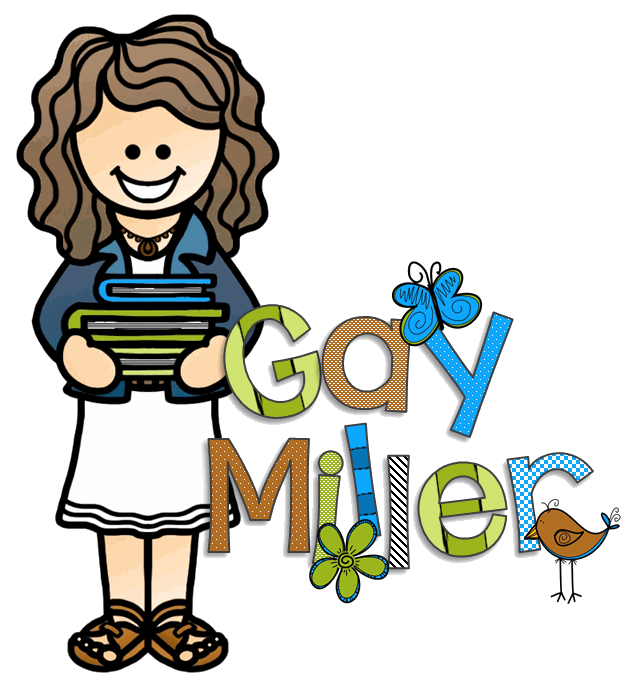
Let’s be honest: if you’ve ever had a student say, “Pizza is the best vegetable,” you already know the line between fact and opinion is a little blurry in upper elementary.
But now more than ever—between clickbait headlines, viral TikToks, and that one kid who swears sloths can outrun cheetahs—it’s crucial to teach students how to actually tell the difference.
This blog post is packed with ready-to-use activities and strategies to help your students master this important skill. So, grab the handout and let’s get started.
In this blog post, I provide practical activities and strategies to equip students with the essential skill of distinguishing fact from opinion. Start by getting the handout with printables and links discussed in the post.
Activities to Teach Fact and Opinion
 Activity 1: Facts, Opinions… and “I Just Like It”
Activity 1: Facts, Opinions… and “I Just Like It”

Start things off with an organizer that breaks down three key categories:
Facts (provable and evidence-based)
Opinions (personal judgments or beliefs)
Preferences (the “I just like pineapple on pizza” type)
The handout includes a few versions to help you differentiate, because let’s face it—not all students can spot the difference between “My dog is fluffy” and “Fluffy dogs are the best.”
 Activity 2: Anchor Chart
Activity 2: Anchor Chart

If you love a good anchor chart, this one’s for you.
Teach students how to spot opinions in the wild using three easy clues:
Extreme words like always, never, worst, best (If a student uses the word “epic,” there’s a 99% chance it’s opinion.)
Descriptive language that sounds a little too dramatic
Emotional appeals (“This ice cream will change your life!”)
You’ll be surprised how often they start spotting opinion-based phrases… even in their own writing.
 Activity 3: YouTube
Activity 3: YouTube

Let Tim from BrainPOP (UK edition!) charm your students into understanding fact vs. opinion with a short, entertaining video. British accents = instant credibility, right?
The clip is clear, engaging, and surprisingly effective for helping kids finally “get it.”
 Activity 4: Anchor Chart and Flowchart
Activity 4: Anchor Chart and Flowchart

Time to bring out the big guns: an anchor chart and a flowchart.
This activity walks students through a series of yes/no questions to figure out if a statement is a fact or opinion. It’s like a lie detector test, but for sentences.
✔️ Are there strong feelings involved?
✔️ Any extreme or vague language?
✔️ Can it be proven?
Print the student version from the handout so they can keep it handy. Trust me—they’ll use it more than their lunch menu.
 Activity 5: Media Analysis
Activity 5: Media Analysis

Because memes are basically the new newspapers.
Show students media clips, images, or social posts and have them dissect which parts are factual and which are purely opinion. Sprinkle in a little media bias discussion to round things out.
It’s eye-opening—and kind of fun—to see what students pick up on when you turn them into mini media critics.
 Activity 6: Fact and Opinion Activities on the Web
Activity 6: Fact and Opinion Activities on the Web

Let students test their skills with these online tools:
You’ll find these linked in the handout, too—easy to access and great for centers, early finishers, or digital practice.
Teaching fact and opinion isn’t just about acing a test—it’s about giving students the tools to navigate news, ads, and everyday conversations with confidence.
These activities make the lesson approachable, visual, and (dare I say) fun. Plus, once they get the hang of it, you’ll hear things like:
“Wait, that’s an opinion, not a fact!”
…and that’s music to any ELA teacher’s ears.
👉 Grab the free handout here.
You’ve got this!


